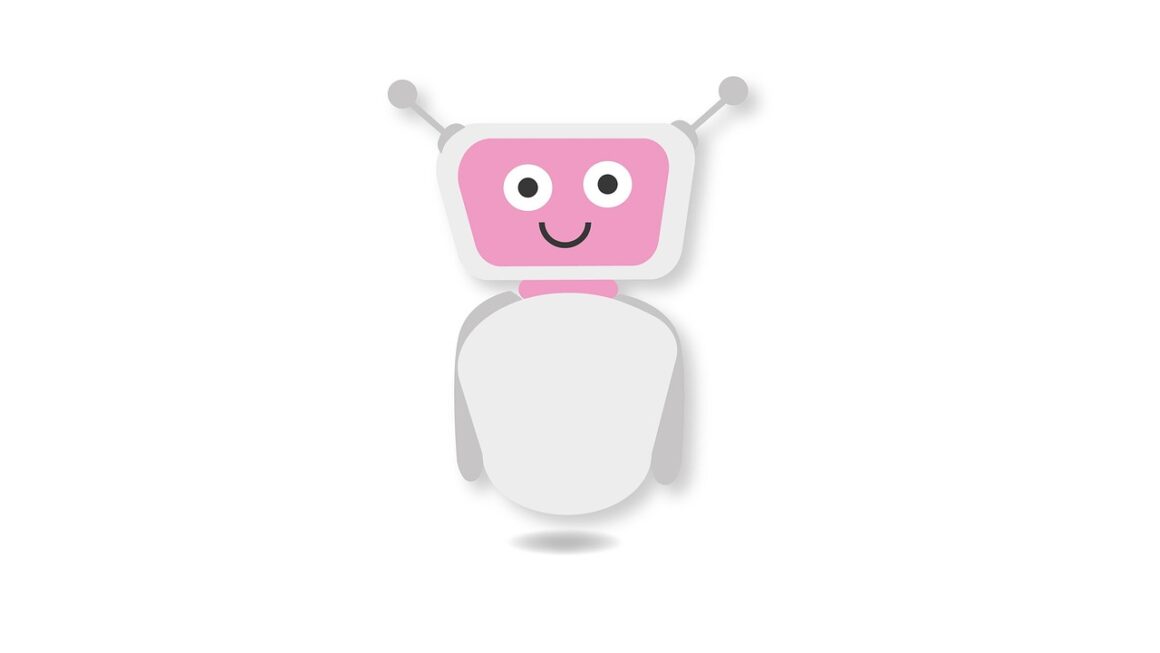The hum of the modern workplace is increasingly accompanied by the whir of artificial intelligence. From automating mundane tasks to providing insightful data analysis, AI is rapidly reshaping how we work, promising increased efficiency, reduced costs, and new opportunities. But how exactly is AI making its presence felt, and what does it mean for the future of jobs? This blog post delves into the transformative impact of AI in the workplace, exploring its current applications, benefits, challenges, and future potential.
The Rise of AI: Transforming Work as We Know It
AI is no longer a futuristic fantasy; it’s a present-day reality driving significant changes across industries. Understanding its impact is crucial for businesses and individuals alike to adapt and thrive in the evolving landscape.
Automation and Efficiency Gains
- Robotic Process Automation (RPA): AI-powered RPA automates repetitive, rule-based tasks like data entry, invoice processing, and report generation. This frees up human employees to focus on more strategic and creative work.
Example: A bank using RPA to automatically process loan applications, reducing processing time from days to minutes.
- Intelligent Automation: Goes beyond simple RPA by incorporating machine learning to handle more complex and unstructured tasks. This includes tasks like customer service chatbots and intelligent document processing.
Example: An insurance company employing AI to analyze claim documents, identify potential fraud, and streamline the claims process.
- Benefits of Automation:
Increased productivity and efficiency.
Reduced operational costs.
Improved accuracy and reduced errors.
Enhanced employee job satisfaction by eliminating tedious tasks.
AI-Powered Decision Making
AI provides data-driven insights, allowing businesses to make more informed decisions.
- Predictive Analytics: AI algorithms can analyze vast datasets to predict future trends, customer behavior, and potential risks.
Example: Retailers using predictive analytics to forecast demand for specific products, optimizing inventory management and reducing waste.
- Personalized Recommendations: AI engines can analyze individual preferences and behaviors to provide personalized recommendations for products, services, and content.
Example: Streaming services using AI to suggest movies and TV shows based on viewing history, increasing user engagement.
- Actionable Takeaway: Embrace data analytics tools and train employees to interpret AI-generated insights for better decision-making.
Enhancing Employee Capabilities with AI
AI isn’t just about replacing humans; it’s about augmenting their capabilities and creating a more productive and fulfilling work experience.
AI-Driven Learning and Development
- Personalized Training Programs: AI can analyze employee skill gaps and create personalized training programs tailored to individual needs.
Example: A company using an AI-powered platform to assess employee skills and recommend relevant online courses to improve performance.
- AI-Powered Mentoring: AI can provide employees with access to virtual mentors who offer guidance and support based on their individual goals and challenges.
Example: A new employee receiving personalized guidance from an AI mentor on navigating company culture and developing specific skills.
Improving Communication and Collaboration
- AI-Powered Translation Tools: AI can facilitate communication and collaboration across different languages by providing real-time translation services.
Example: A global team using AI-powered translation software to communicate effectively during online meetings.
- Smart Meeting Assistants: AI-powered meeting assistants can automatically transcribe meeting notes, identify key action items, and schedule follow-up tasks.
Example: A project team using a smart meeting assistant to automatically generate meeting summaries and assign tasks to team members.
- Actionable Takeaway: Explore AI tools to enhance employee training, communication, and collaboration to foster a more engaged and productive workforce.
Challenges and Considerations
While AI offers numerous benefits, its implementation in the workplace also presents challenges that need to be addressed.
Ethical Considerations and Bias
- Algorithmic Bias: AI algorithms can perpetuate existing biases if they are trained on biased data.
Example: An AI recruitment tool that favors male candidates due to historical hiring patterns.
- Data Privacy and Security: AI systems require access to vast amounts of data, raising concerns about data privacy and security.
- Addressing Ethical Concerns:
Ensure data used to train AI algorithms is diverse and representative.
Implement robust data security measures to protect sensitive information.
Establish clear ethical guidelines for the use of AI in the workplace.
Job Displacement and the Skills Gap
- Job Displacement: Automation through AI can lead to job displacement in certain industries and roles.
Statistic: A report by McKinsey estimates that automation could displace up to 800 million workers globally by 2030.
- Skills Gap: The adoption of AI requires a workforce with new skills and competencies.
- Mitigating Job Displacement:
Invest in retraining and upskilling programs to prepare workers for new roles.
* Focus on creating new jobs that leverage AI technologies.
Implementation and Integration
- Complexity and Cost: Implementing and integrating AI systems can be complex and expensive.
- Change Management: Successfully adopting AI requires effective change management strategies to address employee concerns and resistance.
- Actionable Takeaway: Plan carefully for AI implementation, addressing ethical concerns, potential job displacement, and the need for upskilling.
The Future of AI in the Workplace
AI’s role in the workplace is only set to expand, bringing even more innovative solutions and transforming industries.
Hyper-Personalization
- Personalized Employee Experiences: AI will enable businesses to create hyper-personalized employee experiences, tailoring everything from learning and development to work schedules and benefits.
- Customized Customer Interactions: AI will drive even more personalized customer interactions, leading to increased customer satisfaction and loyalty.
Enhanced Human-AI Collaboration
- AI as a Collaborative Partner: AI will become an increasingly integrated part of the work process, acting as a collaborative partner to human employees.
- Focus on Human Strengths: As AI handles more routine tasks, human employees can focus on their unique strengths, such as creativity, critical thinking, and emotional intelligence.
Autonomous Workflows
- Self-Managing Teams: AI will enable the creation of self-managing teams that can autonomously coordinate tasks and make decisions.
- Autonomous Operations: AI will drive the automation of entire workflows, from product development to supply chain management.
Conclusion
AI is revolutionizing the workplace, offering unprecedented opportunities to enhance efficiency, improve decision-making, and create a more engaging employee experience. While challenges such as ethical considerations and job displacement need to be addressed, the potential benefits of AI are undeniable. By embracing AI thoughtfully and strategically, businesses can unlock new levels of productivity, innovation, and success in the years to come. The key is to view AI not as a replacement for human workers, but as a powerful tool to augment their capabilities and create a more fulfilling and productive work environment for everyone.



